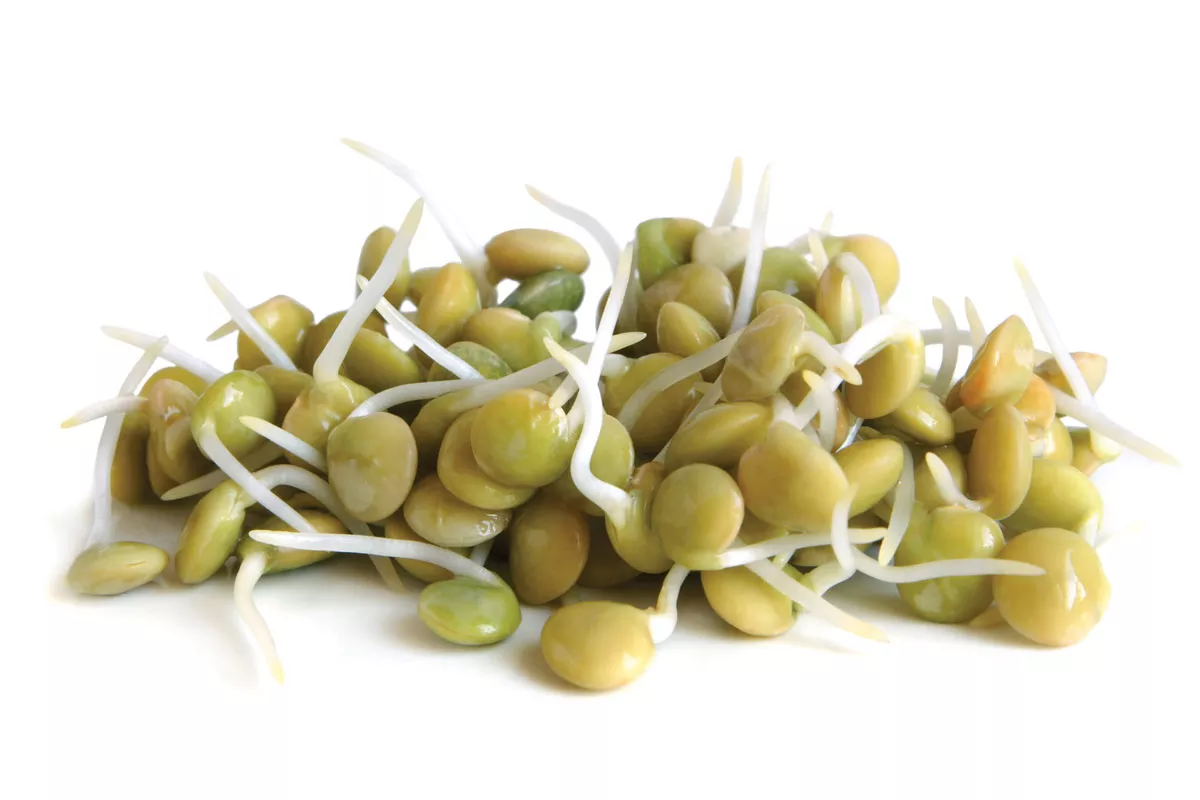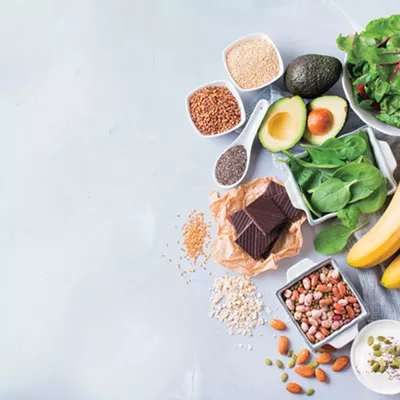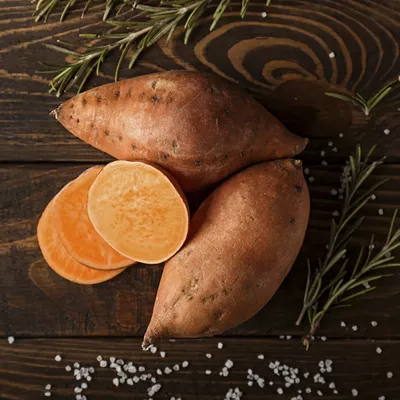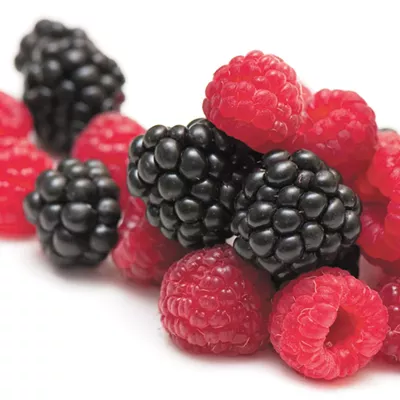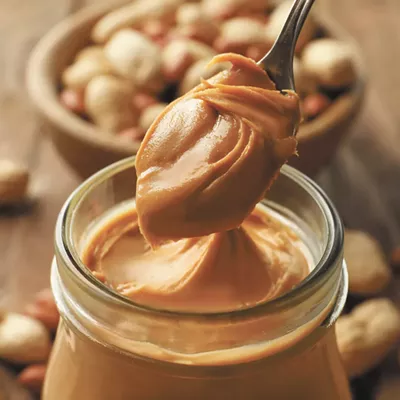Sprouted grains and lentils are making their way onto grocery store shelves and popping up in our favorite healthy cereals and baked goods. Sprouting is the act of taking a grain or lentil — which are actually viable seeds — and soaking, then rinsing to stimulate germination and the growth of small sprouts. After sprouting, they are thought to have all the same healthy benefits as their unsprouted counterparts, with more nutrients and better digestibility. Sprouted lentils and grains are versatile little treats that can be dried and made into flour, and can also be easily made at home.
Attributes
Sprouted grains and lentils often have a fresh, earthy taste with a juicy, crunchy texture. Like their unsprouted whole-grain counterparts, they are packed with fiber, protein, B vitamins, and lots of other minerals. All sorts of dried grains and legumes can be sprouted easily at home and added into salads, stir-fries, or eaten raw with a squeeze of lemon.
Super Powers
Increased protein and vitamin C content, and improved quality and quantity of nutrients can be found in sprouted versus unsprouted seeds and grains. Sprouting also decreases antinutrients, like lectins and phytic acid, that block the absorption of vitamins and minerals. Wholesome, high-nutrient foods have been shown to facilitate better "craving" control, as well as having a positive impact on blood sugar control, heart health and diversity of the gut microbiome.
Weaknesses
Since grains and lentils are agricultural products, washing is important. Unwashed grains and lentils can contain all sorts of things — like dirt, pesticides, and phytotoxins — that you don't want in your body. Likewise, the nutrient quality of your sprouted grains is directly related to the quality of the grains and lentils that you buy. Be conscious of allergens that may affect you, like gluten in wheat berries. Whenever possible, buy local, fresh agricultural products instead of big brands that have been sitting on the grocery store shelf (sometimes for years!).
How to Use It
All sorts of dried grains and legumes can be sprouted. Basically any legume you can imagine — beans, chickpeas, lentils — as well as almost any whole grain. The important thing to look for is that the bean or grain still has its outer shell intact; lentils and grains with skins removed (white rice, red lentils, or split green peas, for example) will not sprout. Soak your lentils or grains for up to 24 hours and drain the water. Then, in a light-proof bowl (any steel or plastic bowl covered with a cloth or an inverted plate will do), rinse and drain two to three times a day for two to three days until the sprouts have reached the desired size. These sprouts go wonderfully in stir-fries, as a topping on burgers or noodles, and make a delicious healthy snack when tossed with some lemon, salt and fresh veggies.
Alternatively, look for sprouted grains as an ingredient in packaged products like cereals or flour in your local grocery store's health food aisle — you'll be surprised at what you find!
Stacey Aggarwal received a Ph.D. in pharmacology from the University of Washington. She writes about biology, health and nutrition while running a lavender farm in North Idaho.

